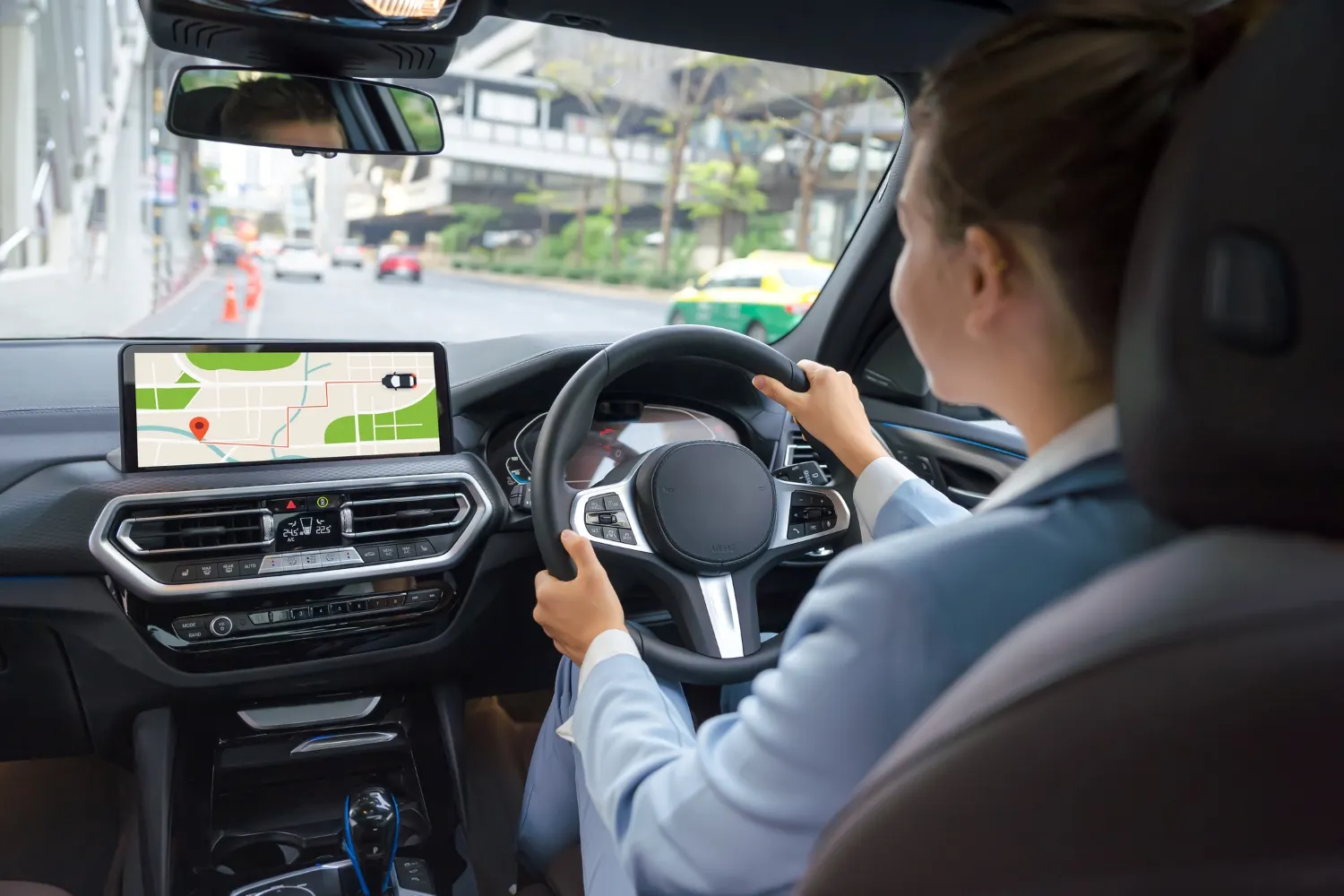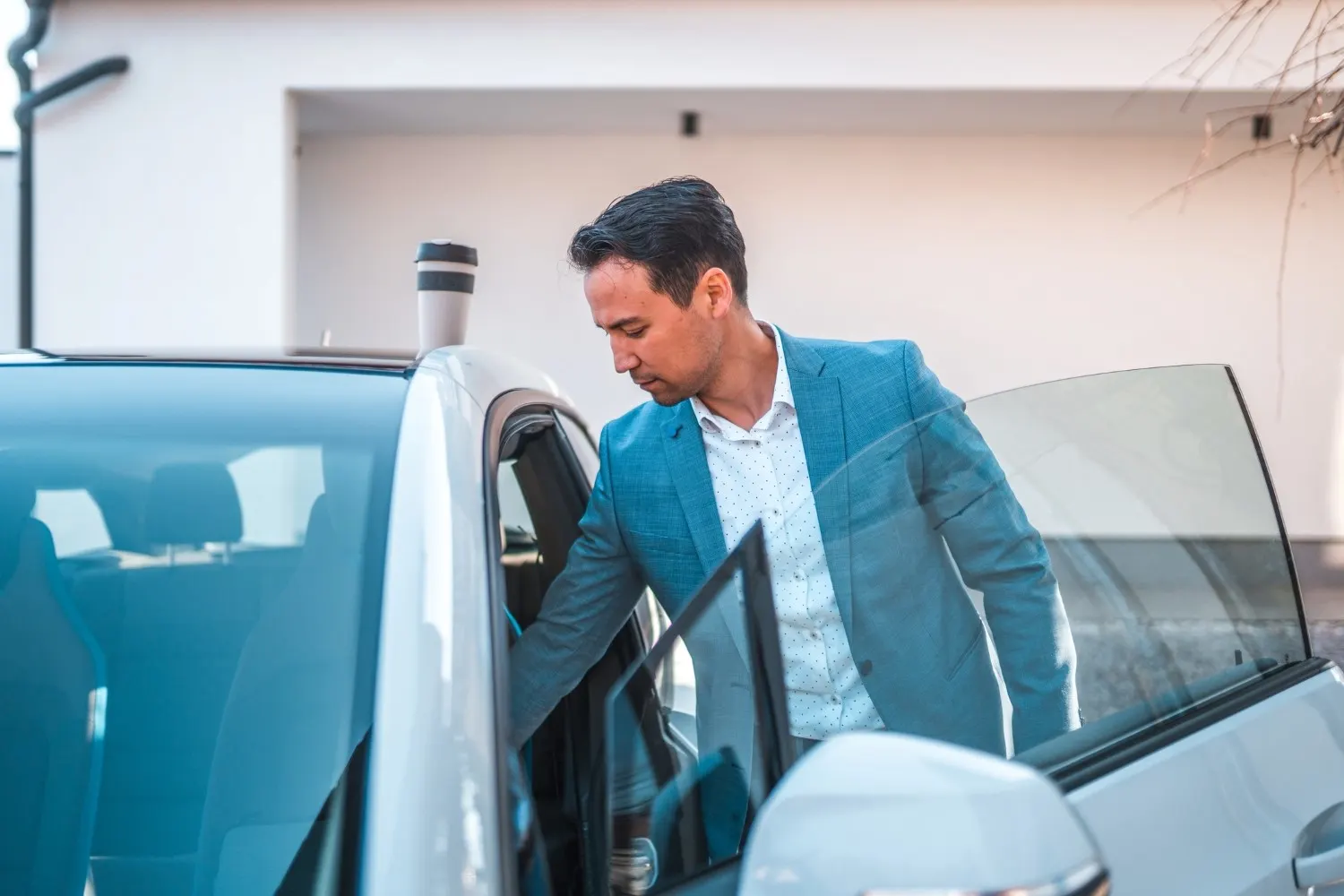Regenerative driving in crowded roads can be useful – here's how
If you drive in a busy city, town, or road where you find yourself surrounded by commuters, school taxis, vans and buses, you’re probably familiar with start and stop traffic. It's that type of slow-moving driving condition when you drive a short distance, brake, slow down, stop, and repeat. Delays on motorways and sometimes just busy times of day can all cause stop and start traffic.
You might have your own way of seeing the positive to this type of driving: a time to listen to your favourite podcast, for example. But if you’re an EV driver there could be another silver lining to start and stop traffic – as a chance to create energy for your battery.
That’s thanks to regenerative braking, an EV feature which turns braking, or any moment you take your foot off the accelerator, into energy for your EV. It’s likely your EV has it, as so many EVs and hybrids come with it, but double-check if you’re unsure – there's no shame in not knowing.
Here’s some handy information on regenerative braking in stop and start traffic – how it works, how it may feel, and things you can try to maximise your conversion. You might not be able to do anything about sluggish traffic, but you can at least turn it to your advantage. Take a look.








